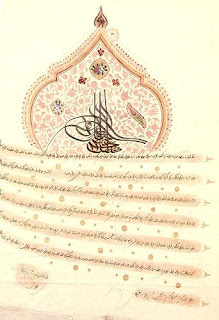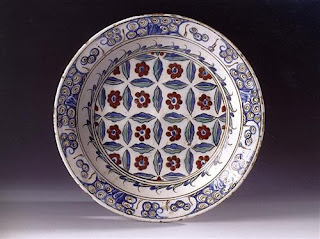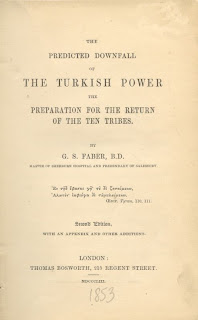In the East, during war and later peace with Iran, lead to continuous relations and has been one of the essential sources for influence and inspiration for Ottoman painters. Numerous eastern works and books were duplicated, reprinted, translated and illustrated. The accounting books of the time (Ehl-i Hiref books) show Iranians were the majority among palace artists. The miniature of Firdawsi of Bursa in his Suleimanname is a good example of the period. Sultan Suleiman (The Magnificent) period is an important mark in the history of miniature. Regular recording of important historical events, wars, campaigns, celebrations, innovations, in and out going ambassadors etc started, and illustration of such books became customary. The palace officially started to employ writers and artists, and profession of sehname writing emerged. We can count Hamse of Nevai (TPM, H. 802), Divan of Nevai (TPM, R. 804), Tuhfet-el Ahrar among (TPM, R. 914) the most significant of these works. But, perhap...

















